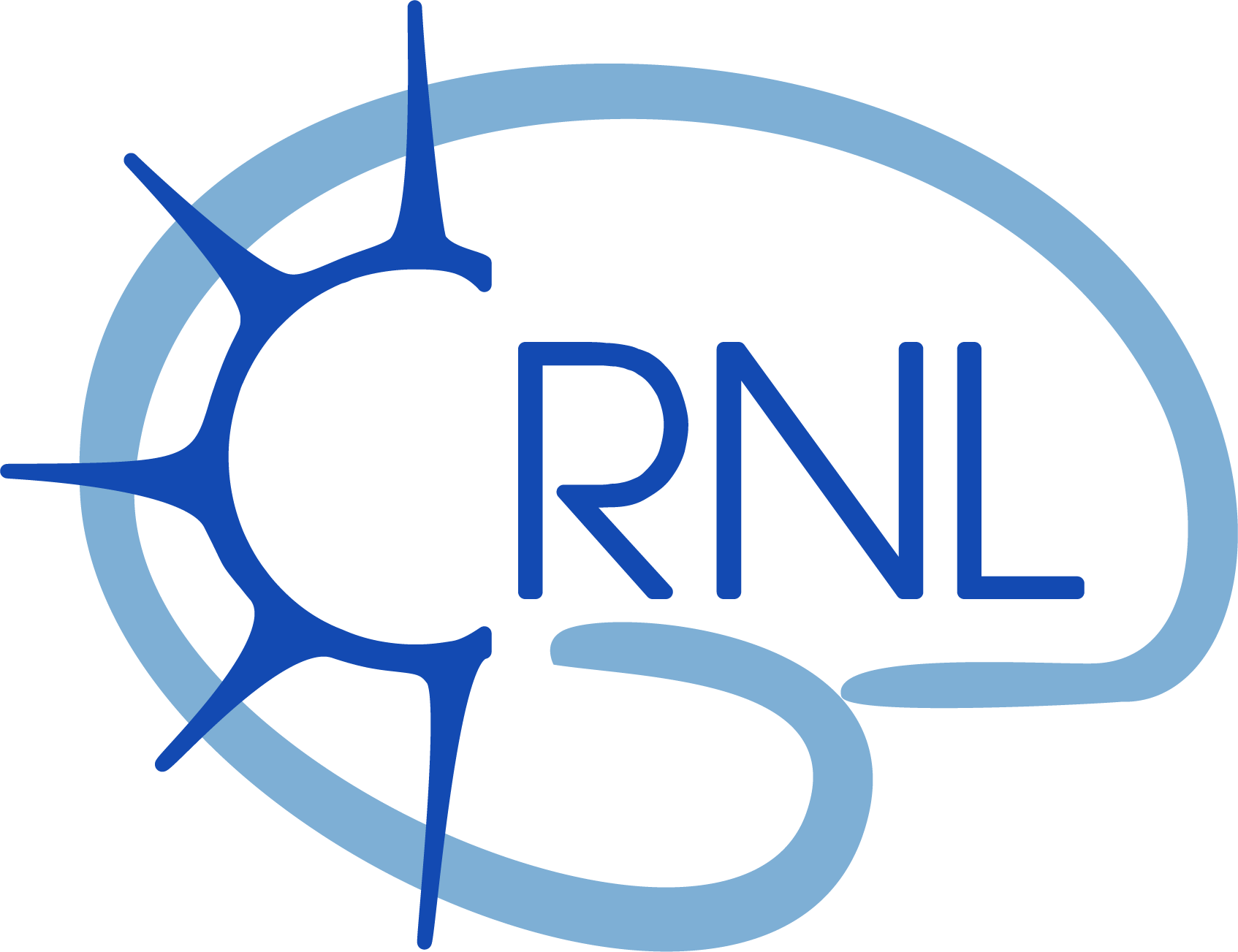Task goals shape the relationship between decision and movement speed
Résumé
The speed at which we move is linked to the speed at which we decide to make these movements. Yet, the principles guiding such relationship remain unclear: while some studies point towards a shared invigoration process boosting decision and movement speed jointly, others rather indicate a tradeoff between both levels of control, with slower movements accompanying faster decisions. Here, we aimed (1) at further investigating the existence of a shared invigoration process linking decision and movement and (2) at testing the hypothesis that such a link is masked when detrimental to the reward rate. To this aim, we tested 62 subjects who performed the tokens task in two experiments (separate sessions): Experiment 1 evaluated how changing decision speed affects movement speed while Experiment 2 assessed how changing movement speed affects decision speed. In the latter experiment, subjects were either encouraged to favor decision speed (fast decision group) or decision accuracy (slow decision group). Various mixed model analyses revealed a coregulation of decision (urgency) and movement speed in Experiment 1 and in the fast decision group of Experiment 2, but not in the slow decision group despite the fact that these same subjects displayed a coregulation effect in Experiment 1. Altogether, our findings support the idea that coregulation occurs as a default mode but that this form of control is diminished or supplanted by a tradeoff relationship, contingent on reward rate maximization. Drawing from these behavioral observations, we propose that multiple processes contribute to shaping the speed of decisions and movements.
| Origine | Fichiers produits par l'(les) auteur(s) |
|---|
